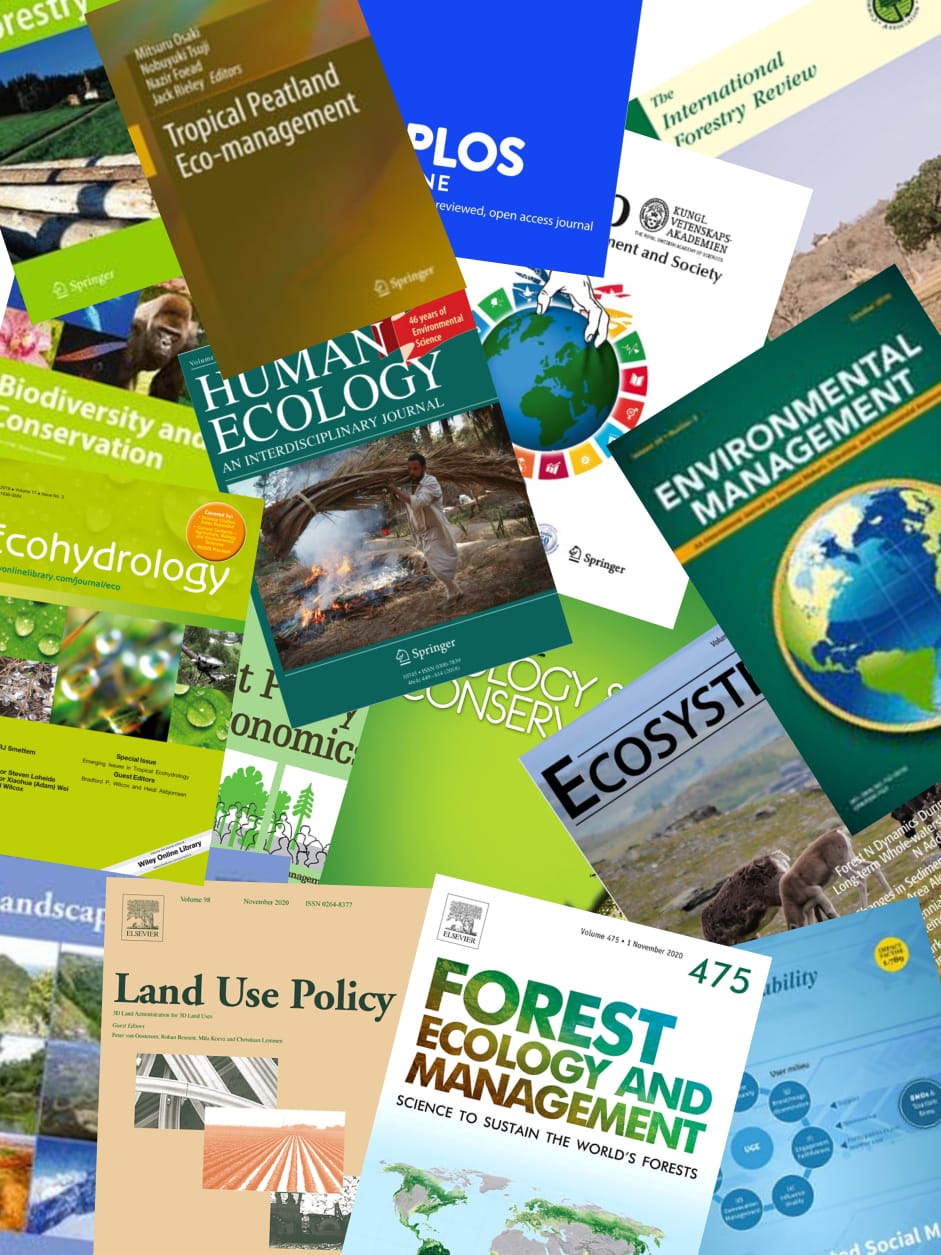The Mae Than Basin in Lampang Province contains low-ranked coal reserves of northern Thailand. Coal seams and ball clays were mined in the southern part of the basin. This study focuses on the coal petrography of coal samples collected from the upper coal seam in the Mae Than Coal Mine. Both the organic and inorganic constituents provide information on the nature and characteristics of the coal, reflecting the physical and chemical behaviors of coal. Petrological analysis reveals that the Mae Than coals contain more huminite than liptinite macerals, while inertinite is negligible. Huminite occurs mainly in the form of texto-ulminite, textinite, densinite, and gelinite. Liptinite consists of sporinite, cutinite, resinite, suberinite, liptodetrinite, and terpenite. The morphology of cutinite, sporinite, and the presence of terpenite indicate that the peat-forming vegetation may consist of conifers. In addition to the macerals, the coal samples contain a small to moderate amount of mineral matter. Silica and clay minerals are the main minerals found in the cavities and between the cracks of the coals. The assemblage of macerals and mineral matter indicates that the Mae Than coals were formed mainly from common peat-forming vegetation, possibly conifers, in a freshwater forest swamp or mire in a warm temperate climate. In addition, the high degree of preservation of the macerals indicates a high water table and suggests rheotrophic, anoxic, limnotelmatic to telmatic conditions during deposition.
View source

